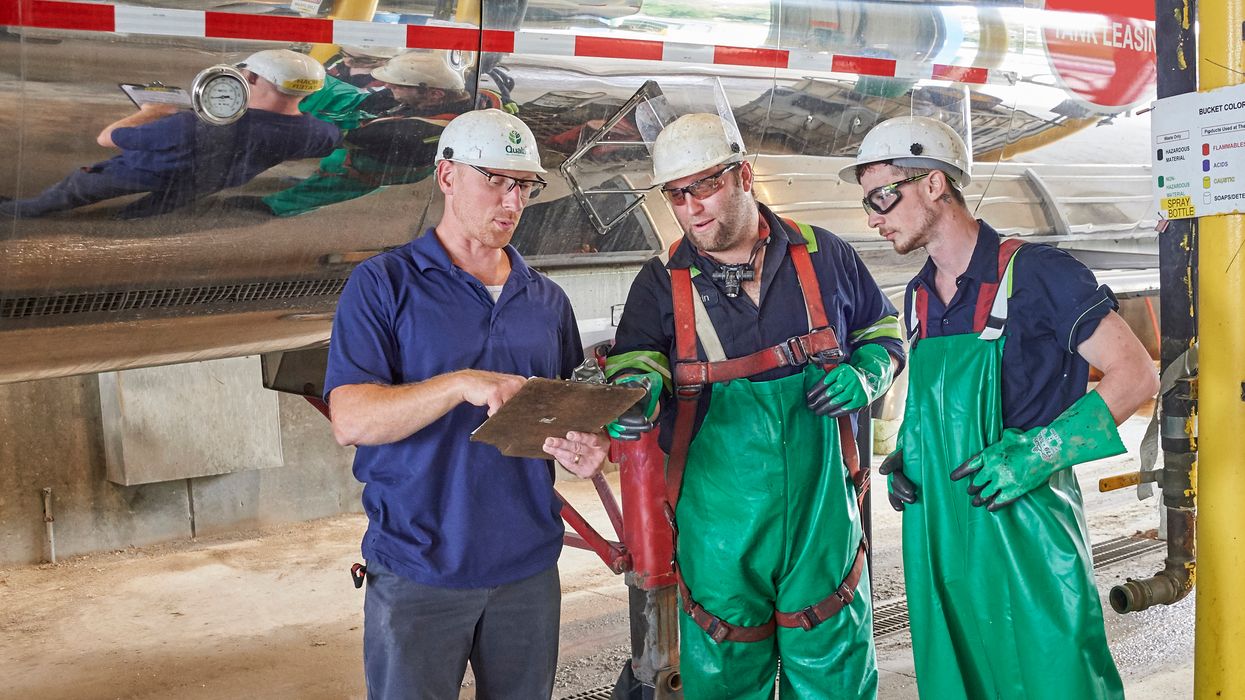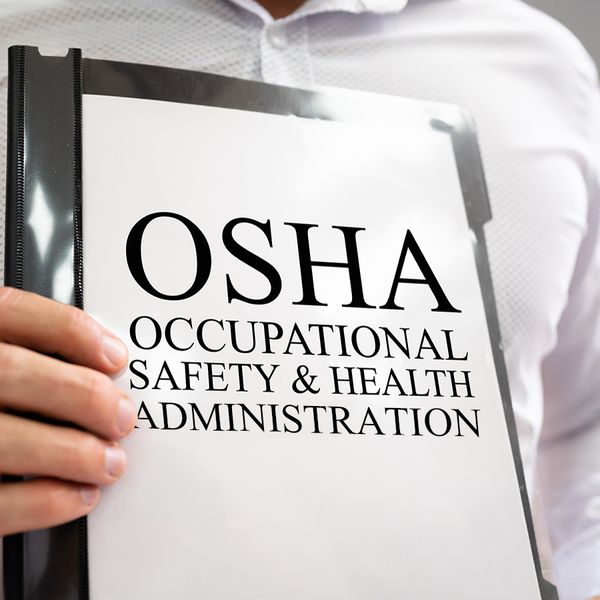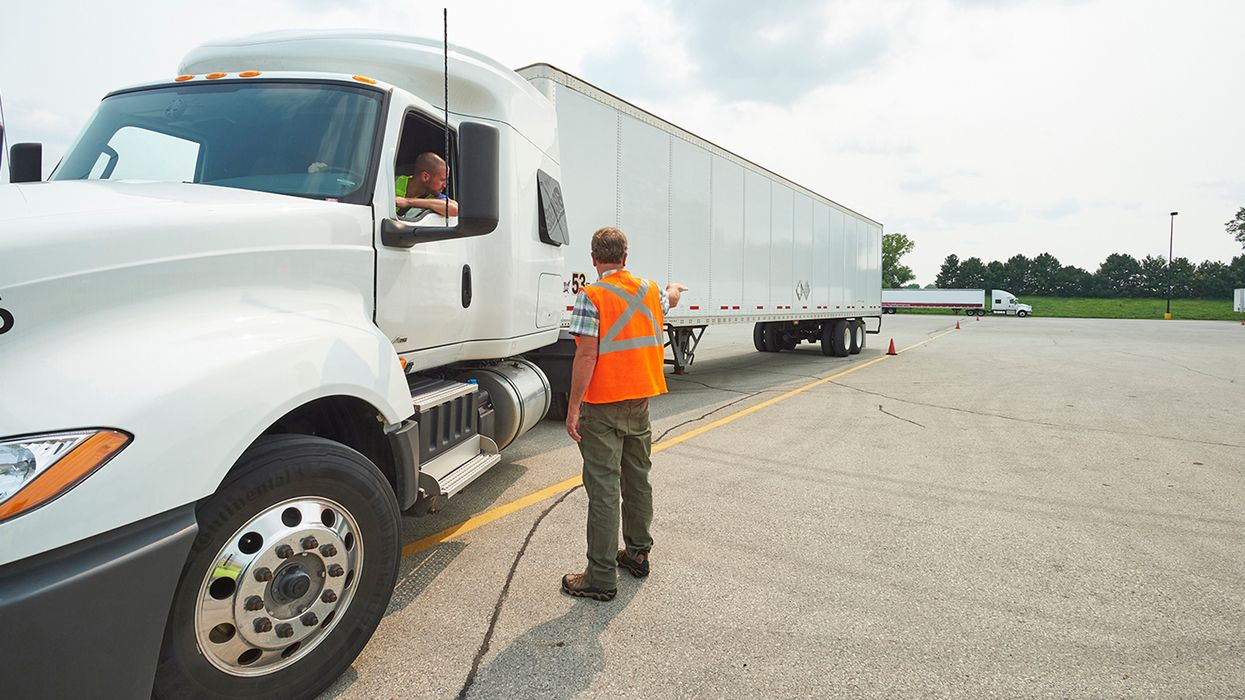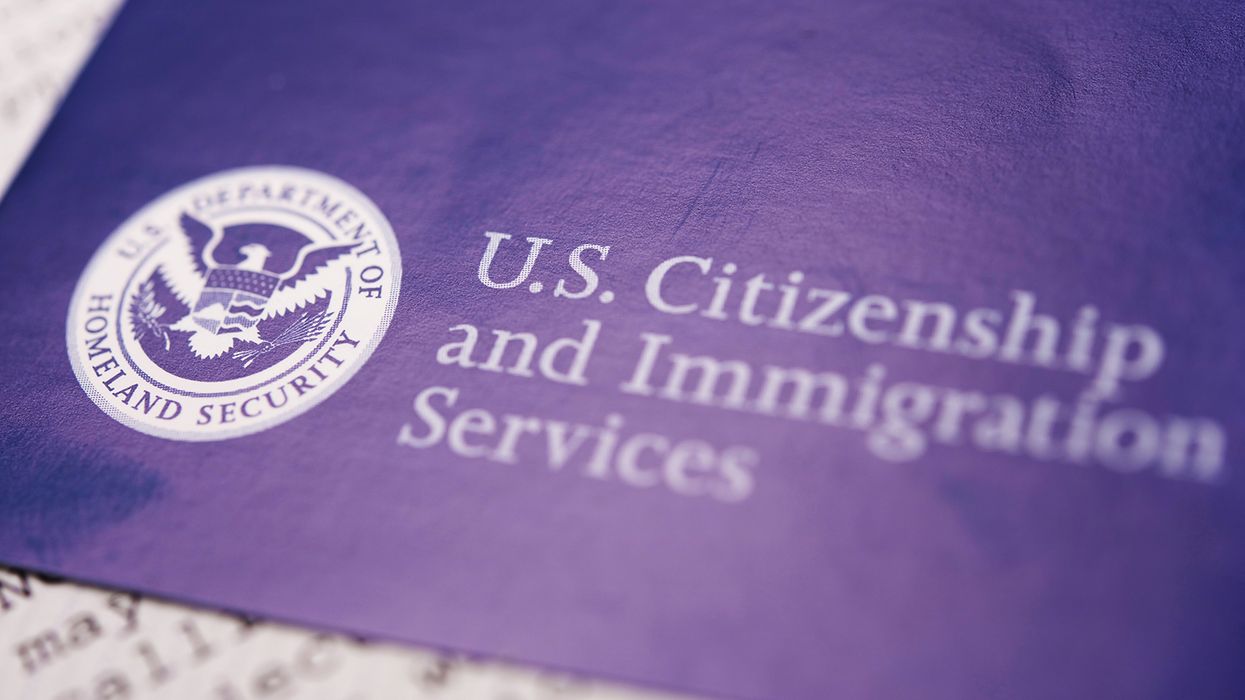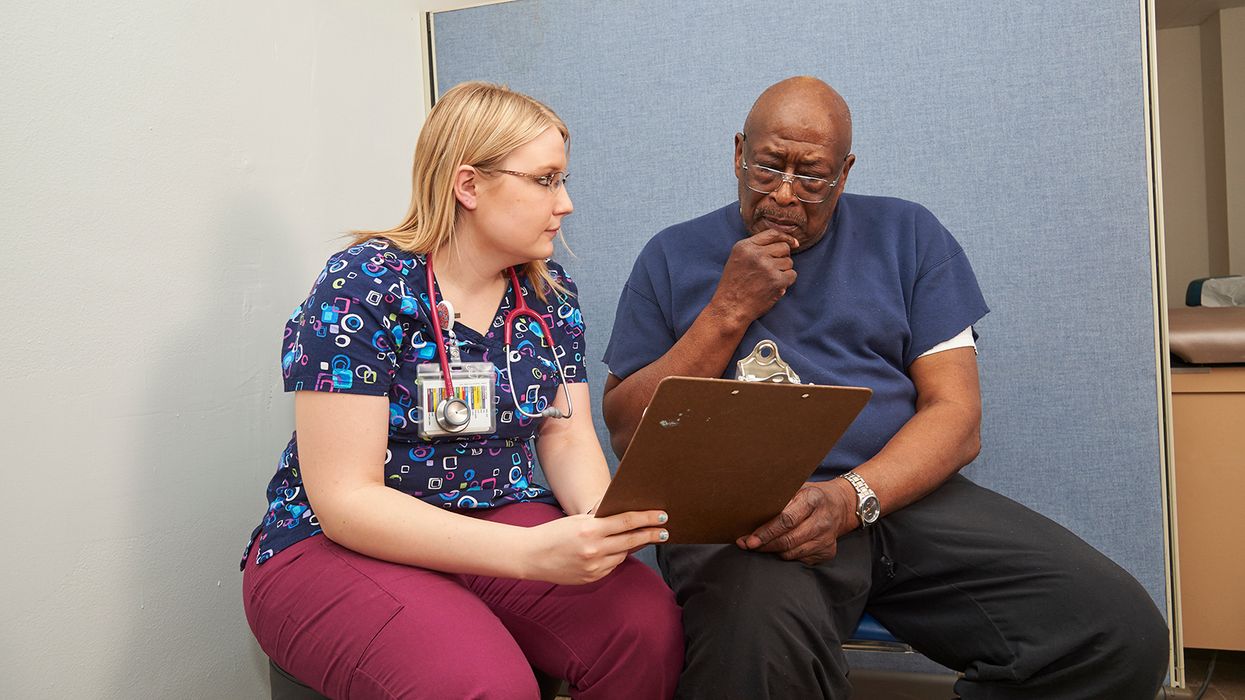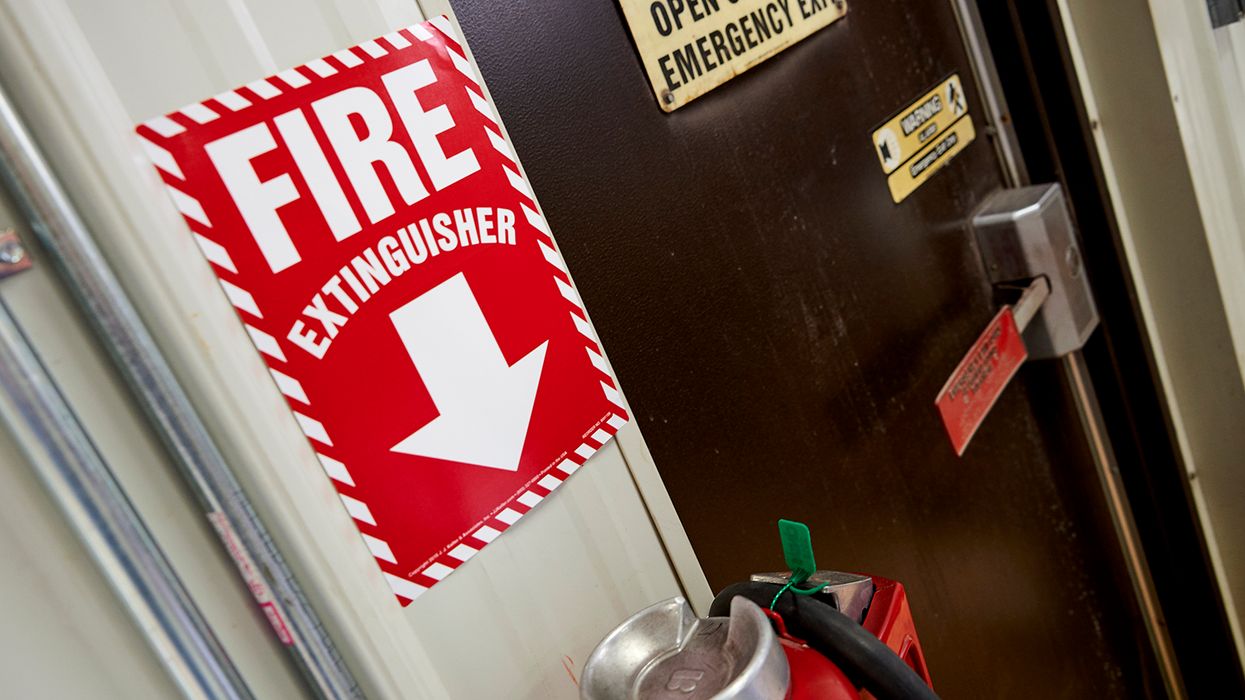Who’s at risk for avian flu? CDC provides updated worker protection guidance
Multi-state outbreaks of avian flu in poultry and dairy cows, along with several cases among dairy workers, have prompted the Centers for Disease Control and Prevention (CDC) to update its worker protection guidance. It identifies occupational groups at increased risk of exposure and provides worker protection practices.
Avian flu is a viral disease that can be highly contagious and even deadly in poultry, such as chickens, ducks, and turkeys. Infected birds shed the virus through saliva, mucous, and feces; the virus may be present in other animals, such as dairy cows, in respiratory secretions, various organs, blood, or in other body fluids, including their milk.
While human infections aren’t common and the current public health risk is low, there have been recorded cases in the U.S. Infection can happen when droplets of the virus get into a person’s eyes, nose, or mouth, or are inhaled. Workers at higher risk include:
- Poultry and dairy farm workers,
- Veterinarians and veterinary staff,
- Animal health responders,
- Public health responders, and
- Slaughterhouse workers performing certain tasks on lactating dairy cattle.
Worker protections include PPE
Workers should wear appropriate personal protective equipment (PPE) when working directly or closely with sick or dead animals, animal feces, raw milk, litter or animal bedding, and other materials that may contain the avian flu virus. After washing hands with soap and water, workers should don fluid-resistant coveralls, waterproof apron (if needed), respirator, safety goggles or face shield, head/hair cover, gloves, and boots. After removing PPE, workers should:
- Shower at the end of the work shift and put on clean clothing;
- Leave contaminated clothing and equipment at work;
- Wash laundry on-site; and
- Monitor themselves for symptoms of illness each day while working with sick or potentially infected animals, and for 10 days after the last exposure.
Signs of illness may include fever, cough, sore throat, difficulty breathing, eye irritation, headaches, runny or stuffy nose, body aches, and diarrhea.
Remember to train workers
If avian flu is suspected or confirmed in poultry, cows, or other animals, workers should be trained on the risks and how to protect themselves. Training should include:
- Information on avian flu and how it’s spread,
- Signs and symptoms of illness,
- When to use PPE and what PPE is necessary,
- How to properly put on, use, take off, dispose of, and maintain PPE, and
- The limitations of PPE.
Key to remember: Employees who work with or around sick or dead animals must be protected against avian flu with proper PPE and training.

